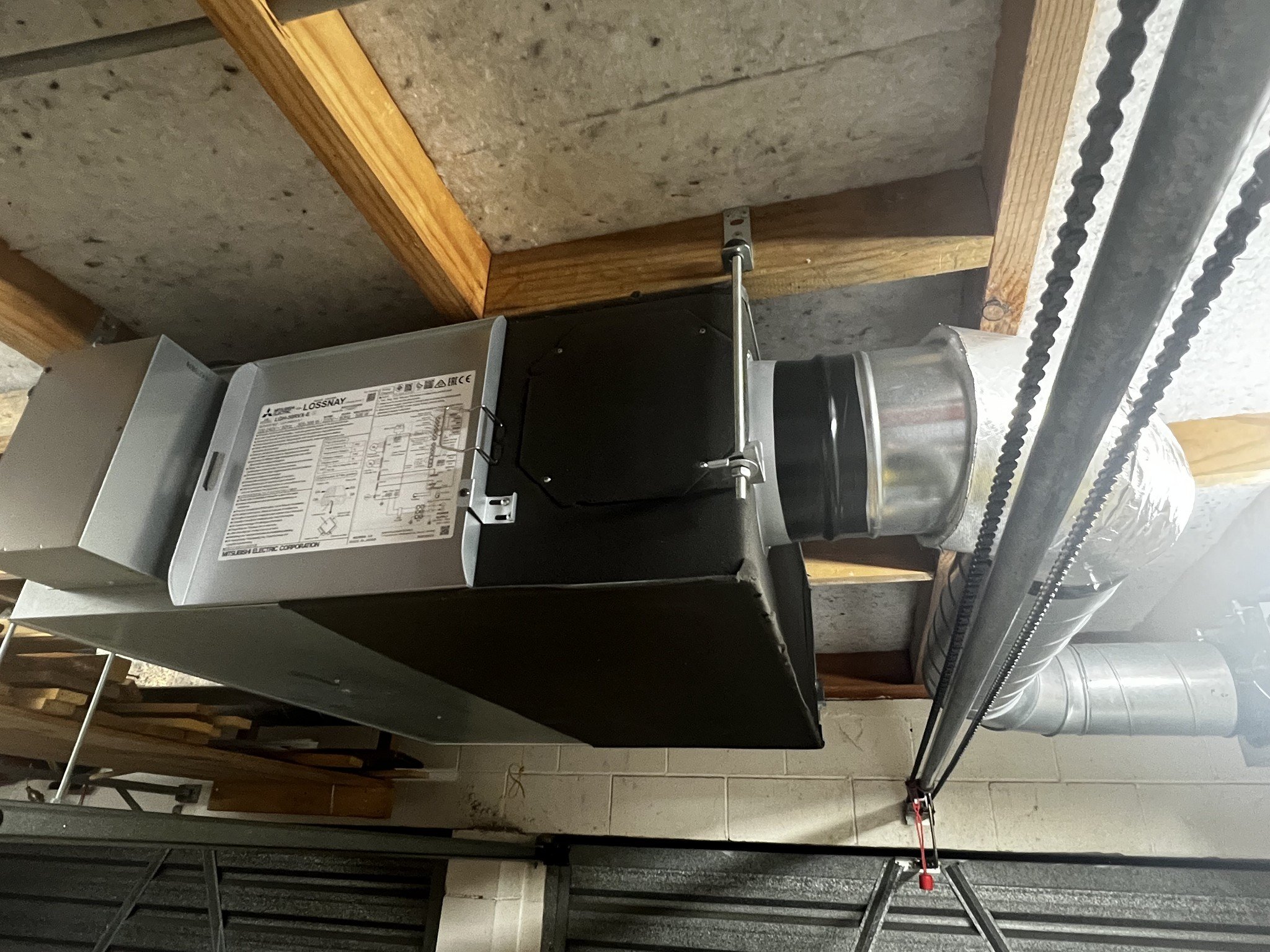AlDrag:
Yea I read about putting Lossnay inlets into the bathroom as an extractor as a great idea to reduce condensation and return heat, but I guess the existing extractor fans for the bathrooms can serve that purpose (although you lose heat).
Hmmmmm I think Lossnay only works through the ducted system...I could be wrong though, but I think I heard it's always running.
i kinda cringe at that statement. if your house is airtight those extractor fans won't be doing a whole lot. using the lossnay as the extractor fans is a good thing.
the lossnay should be wired to the heat pump. it tells the heat pump fan to run at low speed constantly. your using the heat pump to circulate the air through out the house/floor to distribute the ventilation air. make sure they wire it and program it, not just tell you to keep the heat pump running.
one issue is the stairwell. hot air from bellow will come up and cool air will fall (one reason why a downstairs vent would be best) so the heat pump needs to be sized enough to handle that bit extra. also if you do use a spill zone use the office desk/stair well area.
don't forget to install humidity gauges as well, especially upstairs.





